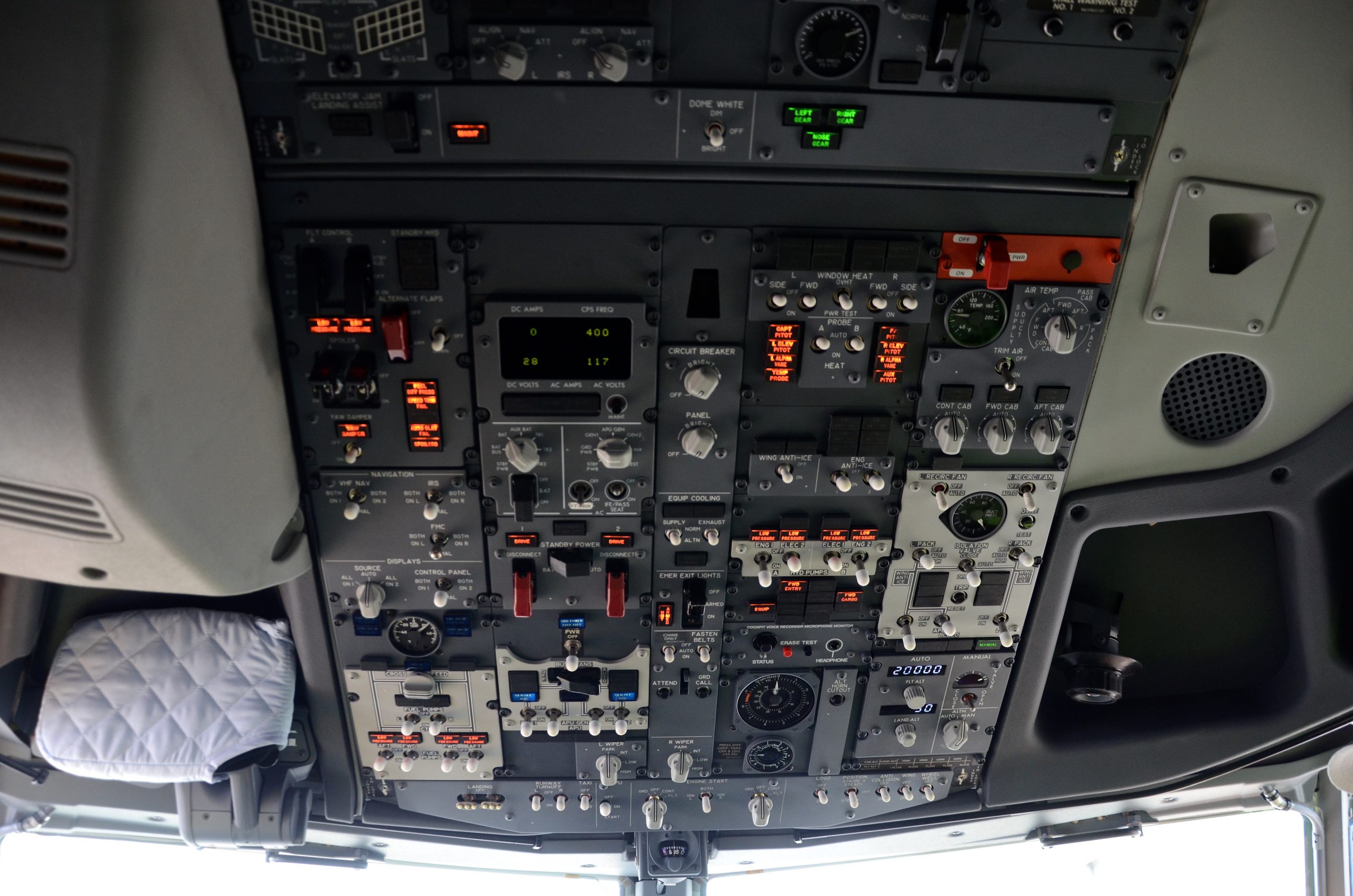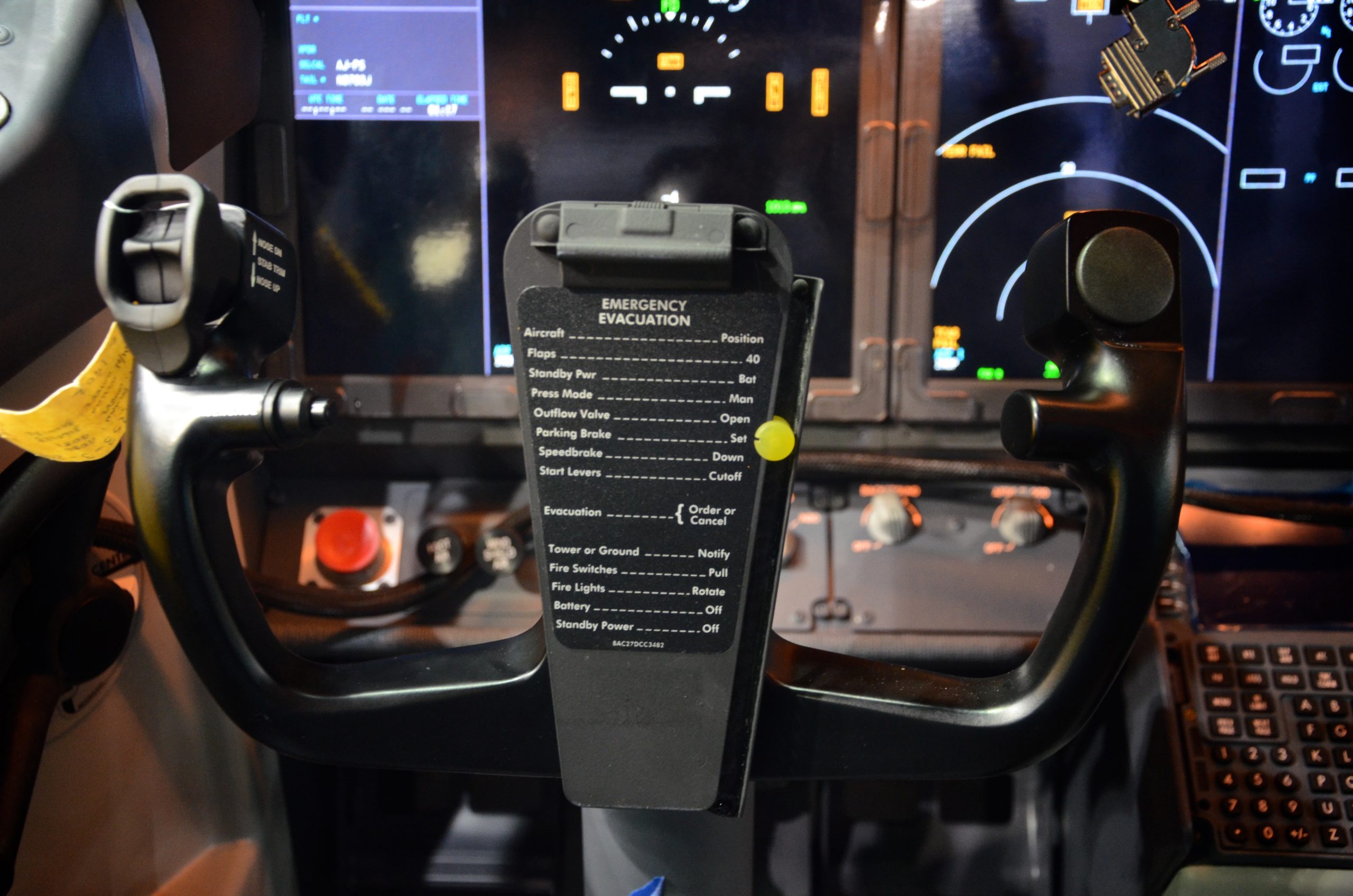The final ungrounding order by the Federal Aviation Administration to return Boeing’s 737 Max to airline service won’t come until at least mid-February, according to a consensus among regulators, airlines and industry stakeholders. Driving the prolonged process is a combination of factors, including a yet-to-commence software audit, the jet’s final certification flight and the Joint Operation Evaluation Board (JOEB) review that is now facing added uncertainty following a week of airline line pilot evaluations that yielded confusing results.
Southwest Airlines and United Airlines today have the 737 Max restarting operations during the first week of March, but with the timeline pushing deeper into 2020, the likelihood of further disruption to their schedules is nearly assured. (UPDATE: American Airlines on Thursday afternoon pushed its scheduled return to April 7.) Also at issue is what impact the prolonged grounding will have on Boeing’s continued 737 Max production, which has left hundreds of non-delivered aircraft idling in storage. FAA Administrator Steve Dickson told CNBC Wednesday that the approvals would slip into 2020 with the 10 or 11 still-outstanding milestones.
Subscribe to TACDuring the recent pilot trials, which tested how crews react to various scenarios involving the revised 737 Max flight control software and new checklists, all the pilots managed to get themselves out of trouble, but Boeing and regulators found that “more than half…of pilots responded with the wrong procedures,” according to one of the three people briefed on the results that are currently being analyzed by the FAA and other global regulators. The uncertain results of the evaluations are likely to re-energize the debate about the necessity for additional simulator training for pilots prior flying the 737 Max again.
Related: Checklists come into focus as pace-setter for 737 Max return
The airline pilots were presented with different scenarios during the evaluations. The week-long trials inside Boeing’s 737 Max engineering simulator focused on the human response to a variety of angle of attack (AOA) indication failures and disagreements in real-world scenarios, including takeoff, landing and at cruise, the briefed people said. Troubleshooting “the failure presented wasn’t intuitive based on the checklist,” said another person familiar with the trials. The 737 Max now uses both of its flight control computers to compare AOA readings to prevent an erroneous activation of the MCAS function, as happened during both crashes, but the new software’s logic can now produce new or potentially confusing indications on the flight deck in certain rare, but possible, scenarios, according to those familiar with the testing.
While the airline pilot evaluations are considered on a pass-fail basis, according to a regulatory official, another person familiar with the tests said that the plane maker contends “that all conditions were completed and the evaluations went well.” Ultimately, the final determination will be up to the FAA.
Related: Boeing details changes to MCAS and training for 737 Max
The 1302 tests, so named for their section of the FAA regulations, focus on the human factors relating to systems and how crews respond to abnormal situations with the prescribed procedures. The evaluations are crucial to returning the grounded 737 Max to service with not only revised flight control software, but the appropriate training and procedures for the crews flying the airplane. The crashes of Lion Air 610 in October 2018 and Ethiopian Airlines 302 in March 2019 centered not only on the erroneous activation of the Maneuvering Characteristics Augmentation System (MCAS), but the crew’s response to the multiple cockpit alerts.

The flight crews in both accidents “didn’t even have good cues that would match up to running the procedure Boeing assumed they would be able to run very rapidly,” Dr. Mica Endsley, President of SA Technologies and former Chief Scientist of the U.S. Air Force told a congressional hearing on Wednesday. “It was really this whole combination of factors of no information in the flight manual, no training and no adequate displays that were the worst possible combination.”
Related: FAA pushes back on “pressure” to return Boeing 737 Max to service
Dickson met with Boeing Chief Executive Dennis Muilenburg on Thursday because Boeing “continues to pursue a return-to-service schedule that is not realistic due to delays that have accumulated for a variety of reasons,” according to an email to congressional staff from the U.S. aviation regulator. The FAA added that “more concerningly” Dickson “wants to directly address the perception that some of Boeing’s public statements have been designed to force the FAA into taking quicker action.”
The FAA has repeatedly said they do not have a prescribed timeline for returning the Boeing single-aisle jet to service.
Outstanding Software Audit
The multi-regulator JOEB evaluations will now slip into January, according to the three people familiar with the multi-regulator assessment. The completion of the JOEB review is required for the Flight Standards Board (FSB) report, which will determine what training is required — including simulator time — as part of the final order from the FAA. The final FSB report (which still needs to be authored) and its accompanying draft comment period (today envisioned as at least 15 days), will be pushed into February at the earliest for the Airworthiness Directive that would end the grounding that has been in effect since mid-March.
Related: Boeing 737 Max re-certification likely to slide into 2020, Ryanair model faces new ‘design issue‘
Before the JOEB can commence its work, the FAA must also complete an audit of the revised MCAS software. The documentation for the audit — essentially a Boeing guide to how the new flight control software was developed — was delivered to the FAA early last week, more than a week later than anticipated, according to a person familiar with the process. The audit, which is estimated to take seven days, will precede the nine to 10-day JOEB evaluations.
In a follow-up FAA email later Thursday following the meeting between Dickson and Muilenburg, the regulator said, “Boeing’s focus should be on the quality and timeliness of data submittals for FAA review.” According to the note, Dickson emphasized that the “FAA’s certification requirements must be 100% complete before return to service.”
The JOEB had been expected to finish its work prior to the final FAA certification flight, but that is now unclear. The Air Current reported earlier that the JOEB and certification flight were tied to one another, while they planned to happen sequentially on the calendar, they are unconnected.
Write to Jon Ostrower at jon@theaircurrent.com
Subscribe to Continue Reading
Our award-winning aerospace reporting combines the highest standards of journalism with the level of technical detail and rigor expected by a sophisticated industry audience.
- Exclusive reporting and analysis on the strategy and technology of flying
- Full access to our archive of industry intelligence
- We respect your time; everything we publish earns your attention

